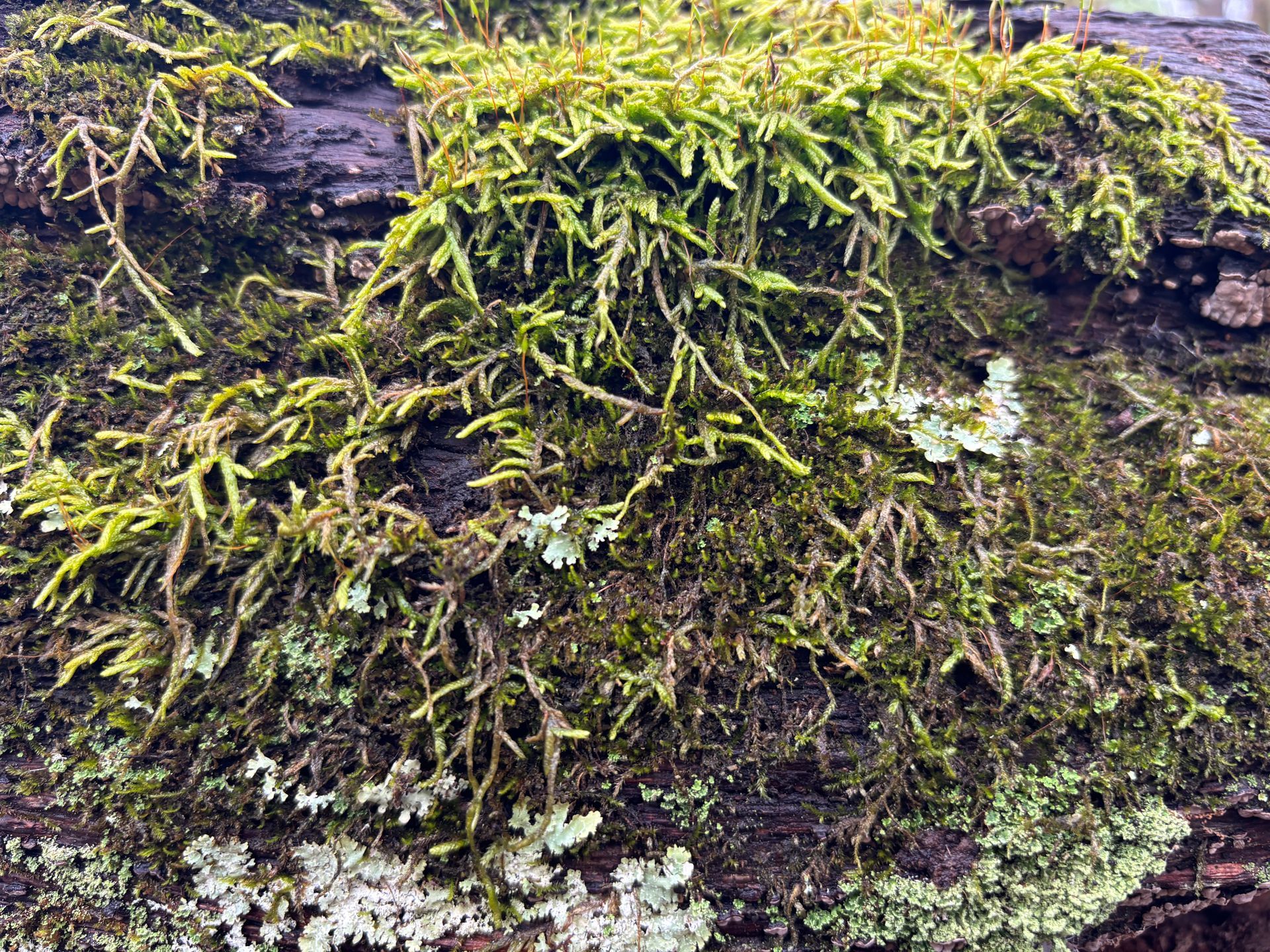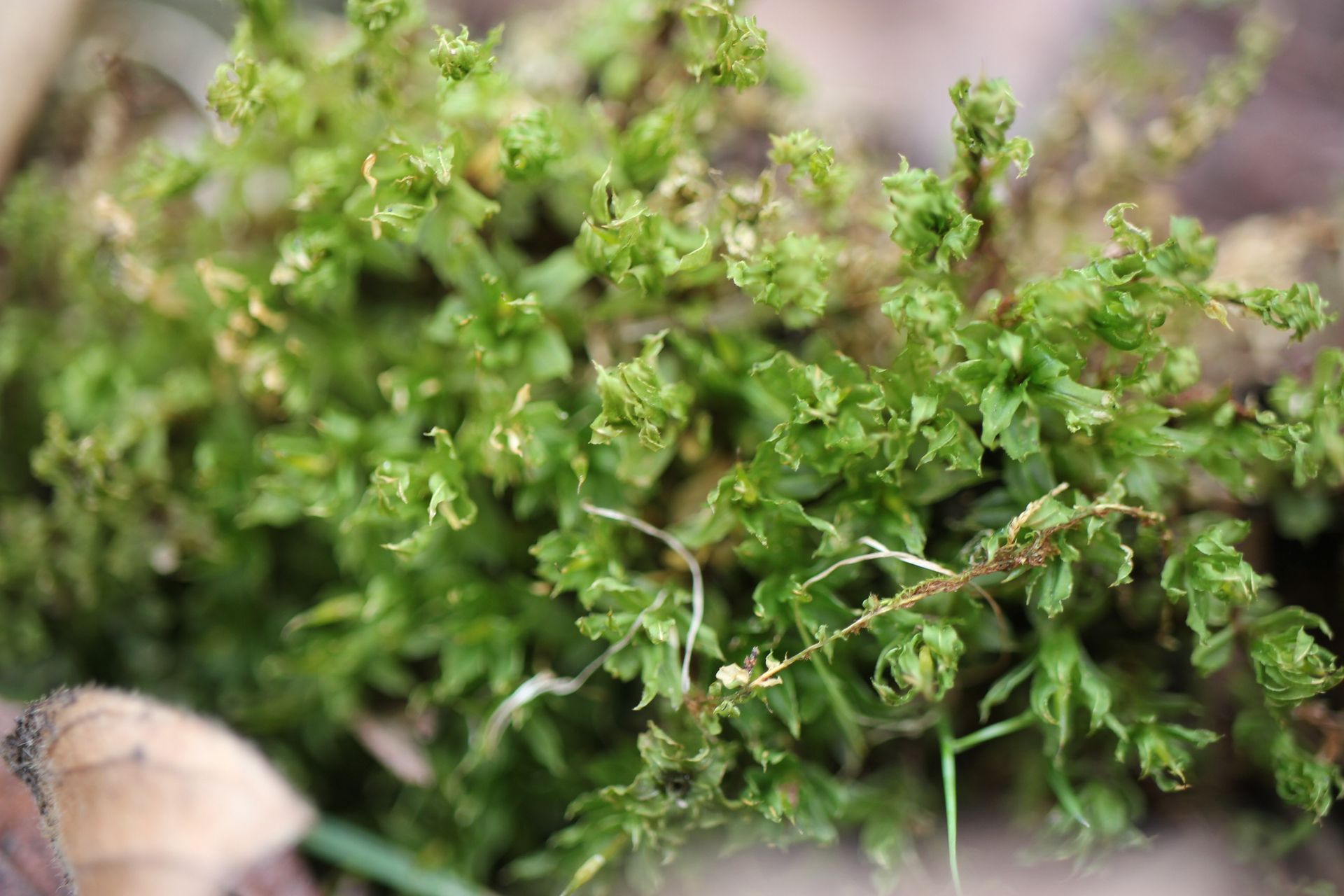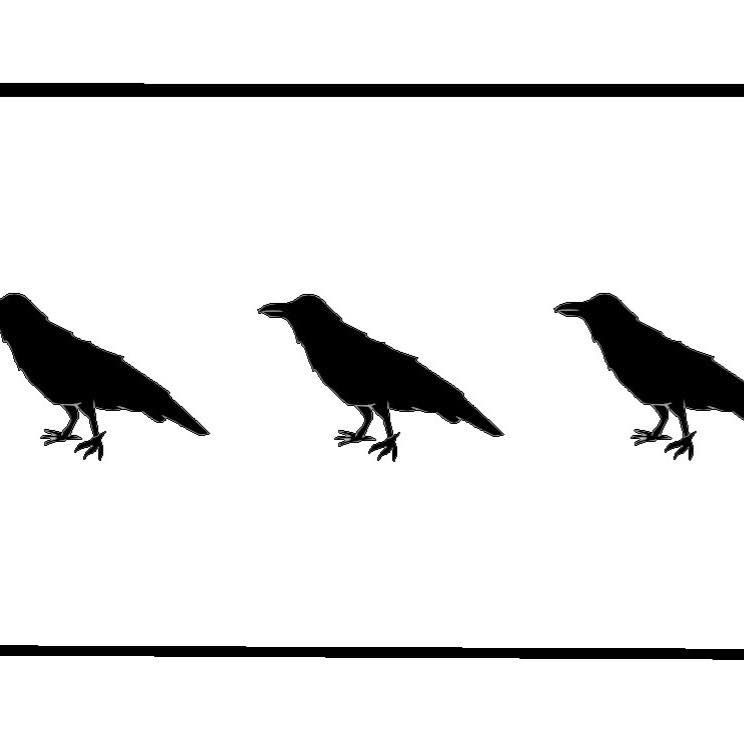FIELD NOTES BLOG
Could Plants Be Conscious?
...Maybe. It depends on who you ask.
The question of plant consciousness is a fascinating one that has sparked much debate in the scientific community. Many people hesitate to attribute qualities like awareness or sentience to plants, mainly because they lack brains or central nervous systems. Instead, we have decided to reserve consciousness for our more closer relatives that possess these features. Using this logic, however, I find it interesting that we readily attribute intelligence to robots, but hesitate to do the same for other biological beings such as plants. As artificial intelligence (AI) advances, it has me reflecting on why we find it easier to consider machines "intelligent" than plants, which have been evolving for millions of years, long before humans ever walked the Earth?
The goal of this blog isn't to answer whether plants are truly conscious—that's a question scientists are still exploring. Instead, I want to highlight the surprising similarities between plants and humans that might challenge how we view plant life. From their ability to adapt and respond to the environment, to their sophisticated communication methods, plants have a lot more in common with us than we tend to think. So, let's dive into the incredible traits that plants share with humans, and by the end, you may find yourself rethinking what it means to be alive and conscious on this planet.
Note: For simplicity of understanding, I will use human terms to describe plant behaviors. The purpose is not to anthropomorphize plants. Please keep in mind that plants and animals experience these things very differently, and that as humans we have no idea what it is like to experience the world as a plant.
Memory:
Plants can have memory, though it’s not exactly like the way humans store and recall events. In the case of a Chilean flower, plants can 'remember' when pollinators visit by tracking the intervals between visits. They 'learn' from this timing, adjusting their behavior or chemical signals for future interactions. For example, they may release nectar or change their blooming schedule to match the frequency of the pollinators’ arrivals, essentially 'remembering' when they are most likely to be visited. This ability is even seen in carnivorous plants like the Venus flytrap. These plants can ‘count’ the number of times their trigger hairs are touched over a period of time before snapping shut. It's an interesting kind of memory that allows them to avoid wasting energy by not closing for every little breeze or drop of rain, but instead reacting to specific, repeated stimuli.
Hearing:
While plants lack ears, they are remarkably responsive to sound. Research shows that plants can perceive and react to sound vibrations in their environment, such as the vibrations caused by an insect munching on their leaves. This is a form of ‘plant hearing’ that goes beyond simply reacting to physical touch. When a plant ‘hears’ the specific frequency of a caterpillar feeding, it may activate chemical defenses to make itself less palatable, or produce toxic compounds to fend off the predator. In an experiment investigating this, scientists observed that a plant could differentiate between the sound of a predator and the sound of harmless insects like leafhoppers. The plant responded to the caterpillar chewing but ignored the leafhopper's mating calls. This suggests that plants are finely tuned to distinguish between types of vibrations and react accordingly!
Communication:
Plants have complex social lives and they communicate through chemical signals. Plants may not have voices, but they have an intricate system of communication that involves chemicals, smells, and even electrical signals. When one plant is under attack by herbivores, like a caterpillar munching on its leaves, it may release chemical compounds into the air that act as a distress signal. These compounds attract predators of the herbivore, like parasitic wasps, that will come to eliminate the threat. What's even more remarkable is how plants 'warn' their neighbors. If one plant is attacked, it might emit the same chemical signal into the air, which neighboring plants can then sense and use to activate their own defense mechanisms. This network of communication extends across plant species, making it possible for a group of plants to collectively react to an environmental threat. Additionally, plants communicate with insects through scent as part of their pollination strategy. Some flowers, like certain orchids in Australia, mimic the scent of female wasps to attract male wasps. These males, deceived by the scent, end up pollinating the orchids while trying to mate with them—an ingenious method of attracting pollinators without giving anything in return.
Decision Making:
Plants may not have brains, but that doesn’t mean they lack sophisticated systems of coordination and decision-making. Instead of relying on a central nervous system or a single brain to process information, plants have developed a system where every part of the plant communicates with the rest. The roots, leaves, and stems are constantly sharing data to help the plant make decisions about things like growth, reproduction, and defense. This networked intelligence may not look like a brain, but it’s no less complex in its ability to allow plants to adapt to their environments in sophisticated ways. Take the example of a plant’s response to light, for instance. When plants grow towards light, a process called phototropism, they are essentially making a decision about how to allocate resources for the best chance at survival. They 'decide' where to direct their growth based on environmental cues like the intensity and direction of light. Another example is how plants can alter their reproductive strategies. In times of stress, such as drought or overcrowding, plants might produce fewer flowers or seeds, effectively prioritizing energy for survival instead of reproduction. This kind of adaptive decision-making is crucial for their survival, much like how humans make decisions to secure our well-being in challenging circumstances.
Familial Bonds:
In the plant kingdom, cooperation is just as important as competition. Some plants have evolved remarkable ways to protect and support their relatives, especially in crowded environments where resources like water, nutrients, and sunlight are limited. For instance, certain species of trees release chemicals that inhibit the growth of unrelated competitors, reducing competition for their offspring. This form of kin selection ensures that a plant’s genetic lineage is more likely to survive, much like how animals protect their young. Additionally, plants such as trees can recognize their kin and will often allocate resources to them in times of need. Through underground mycelium networks, commonly referred to as the "wood wide web," trees can transfer nutrients, water, and even warning signals to their relatives. For example, mother trees, older, well-established trees in a forest, have been observed sending extra carbon and nutrients to their seedlings, particularly those that are struggling in the shade. Some plants even adjust their root growth to avoid competing with their kin, allowing them to share soil resources more equitably.
The idea of plant consciousness is not a new one. Many Indigenous cultures recognize plants as persons. Though not the same as a human’s personhood, plants also have personhood as beings with agency and wisdom. They are seen as teachers, healers, and kin. They are entities that possess their own ways of knowing and existing in the world. To view plants as conscious is not to impose human attributes onto them, but to acknowledge that intelligence and awareness need not conform to human experience.
Similarly, the American philosopher Thomas Nagel explored this idea in his famous essay What Is It Like to Be a Bat? arguing that an organism is conscious "if and only if there is something that it is like to be that organism." No matter how much we learn about a bat’s brain or behavior, we can never fully grasp what it is like to be a bat. The same is true for plants. Their experience of the world is so radically different from ours that it may never be fully comprehensible to us—but does that make it any less real?
Considering plans to be conscious requires a shift in perspective, a willingness to embrace ambiguity, and a comfort with the unknown. Again, plant consciousness is still up for debate, but the more I ponder this question, the more questions emerge. We have grown out of the Earth, and yet we often assume the very soil that birthed us is unconscious. But if the Earth were truly devoid of awareness, how could it have produced consciousness in the first place? Perhaps the real challenge is not proving whether plants are conscious but rather defining where consciousness begins and ends, if such a boundary even exists.
Sources:
The Light Eaters: How the Unseen World of Plant Intelligence Offers a New Understanding of Life on Earth by Zoë Schlanger
What Is It Like To Be a Bat by Thomas Nagel

RECENT ARTICLES































